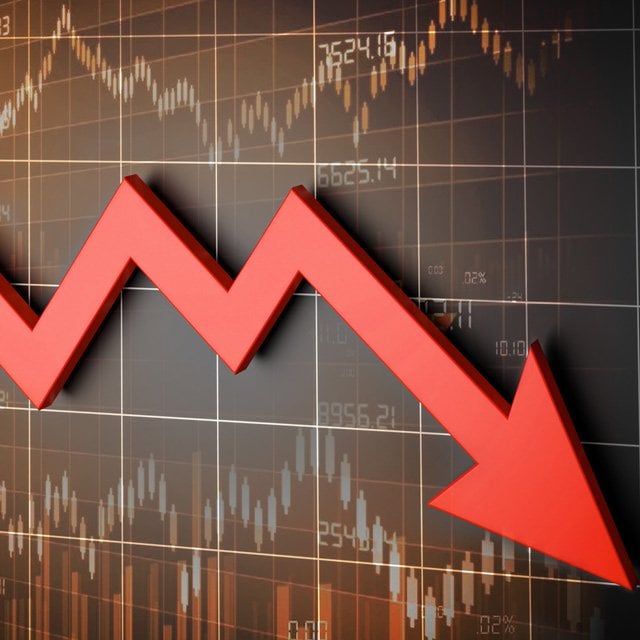S&P Closes Out Worst Week of 2023

Wall Street’s reaction to hotter-than-estimated inflation data suggested growing bets the Federal Reserve has a long ways to go in its aggressive tightening crusade, making the odds of a soft landing look slimmer.
A 1.1% slide in the S&P 500 Friday extended its weekly rout — the worst in 2023. The tech-heavy Nasdaq 100 sank almost 2% as the Treasury two-year yield hit 4.8%, the highest since 2007. The dollar climbed. Swaps are now pricing in 25 basis-point hikes at the Fed’s next three meetings, and bets on the peak rate rose to about 5.4% by July. The benchmark sits in a 4.5%-4.75% range.
After a lengthy period of subdued equity swings, volatility gained ground this week. Aside from all the economic uncertainties, that’s reflective of a market that has gotten more expensive after an exuberant rally from its October lows. Those gains have been dwindling by the day amid fears that a potential recession could further hamper the outlook for Corporate America.
“There’s little room for upside in stocks right now given the inflation news, current market valuations after the January rally, and a weak Q4 earnings season,” said Brian Overby, senior markets strategist at Ally. “The ‘no landing’ view is quickly becoming more of a ‘bumpy landing’ view with the concept of higher interest rates for longer settling in.”
The unexpected acceleration in the personal consumption expenditures gauge underscored the risks of persistently high inflation. Furthermore, resilient spending paired with the exceptional strength of the labor market could make it tougher for the Fed to get inflation to its 2% goal. Separate data showed US consumer sentiment rose to the highest in a year while new home sales topped forecasts.
‘Do a Little More’
Traders also kept a close eye on a parade of Fed speakers.
Cleveland Fed President Loretta Mester noted the latest inflation report is consistent with the fact policymakers need to “do a little more” to ensure inflation is moving back down. Her Boston counterpart Susan Collins said the central bank has to keep raising rates to get them to a sufficiently restrictive level and it may need to hold them there for an “extended” period.






